I recently had a “Don’t be such a wanker” moment when re-reading something I wrote here on 35mmc about the Fuji X-Pro3.
“I don’t know if I’ll be able to use the X-Pro3 to make exhibition work (i.e. the work I currently make on film)” Blah Blah Blah…
And I thought: “FLASHBACK 2009 – you had a WHOLE SHOW shot on a small-sensor compact. Remember that?”
And indeed – above my fireplace sits a photo I still really like. Printed 80cm wide on metallic paper.
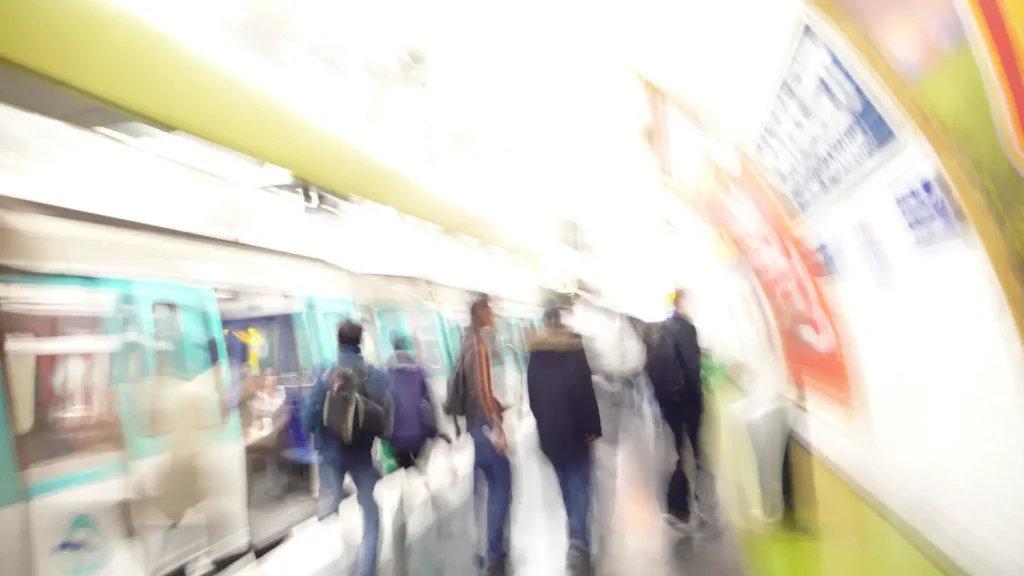
So here’s the story:
I was on a family holiday in Paris in 2008. That was the year the D700 came out, and I’d bought one of the first ones to hit my town because I’d scored a nice gig shooting a cookbook that made the decision easy. (Side Note: I still love the files from the D700, and buying it must be the best financial decision gear-wise I ever made. Either that or the D70 that preceded it.)
But the D700 is a brick, and there was no way I was going to lug it on a two month family holiday to Europe.
I’d bought the tiny Leica D-Lux 3 maybe the year before. It was released in 2006. Of course, it’s not really a Leica, it’s a Panasonic LX-2 with a few differences, but I’d read that Leica had tweaked the colours and that fact, plus the cooler looks, was enough to sway me despite it being really dear for what it was.
Mine’s dead now, but it really was a lovely little thing that made great 10 MP images provided you didn’t let it go above ISO 100. I used to just leave it in P mode and pretty much always shoot it wide, which was 28mm equiv. The lens was known for being fast and sharp. The other groovy/quirky thing was the 16:9 sensor, which is how I shot it.
What killed it for me was the Fuji X100. I had both on a trip to Vietnam in 2014 and the Fuji files were so much nicer, and the high ISO so usable (I shot the X100 to 1600) that I could tell the Leica was doomed. So I started using it for adventure cycling shots in rainstorms and after it got soaked a few times it went flaky. (I remember being asked “Is that camera waterproof?” and replying “No – it’s disposable.”)
But back to Paris: The D-Lux 3 was the camera for the trip, and I started off wandering around Paris trying to shoot gritty black-and-white.
That was a total failure.
Then, one evening, walking with the family at dusk I was shooting and started noticing a nice little glow and a bit of blur happening. Each night I’d review what I’d shot that day, discard almost all of them, and think about how to improve the technique. If we’re going to get in to the film/digital discussion, here are shots that would NEVER have happened if I’d been shooting film. But back in those days I didn’t think I’d ever be shooting film again, I guess.
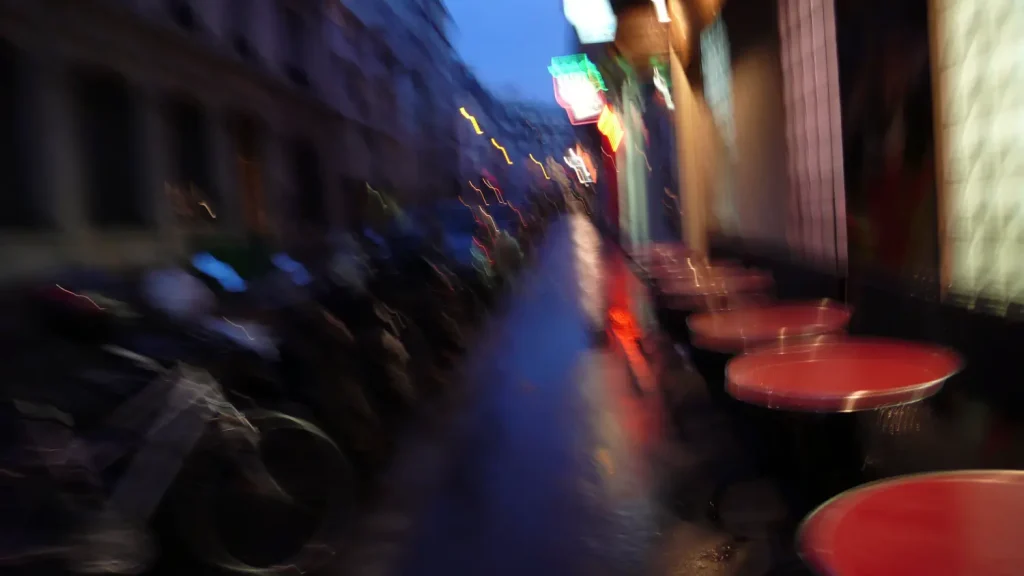
The technique, in essence, was shooting one handed with the camera held flat against my chest. So I was guessing framing, steadying the camera with my body, just going for a mood that seemed to capture the street. I manually set the focus to infinity so there would be no lag, and every now and again I’d have a look at the shutter speed to see how much I should move to get what I was going for. I think in those days you weren’t supposed to shoot in the Metro because it meant you were a terrorist, but clearly I did not pay much attention to that.
It was quite an unobtrusive way to shoot. I’m not an in-your-face shooter and I was unobserved except for one very majestic (and big!) African guy in amazing robes who I thought was going to chase me but instead settled for regal displeasure.
So, over the course of a week or so I got what I thought might be a cohesive series out of it. I had not intended to do this; it just happened. I liked the two sides to the series; the dark ones and the pale, washed out interiors.
This was before cloud backup, so I got the card backed up to CD and put it away until we got home a couple of months later.
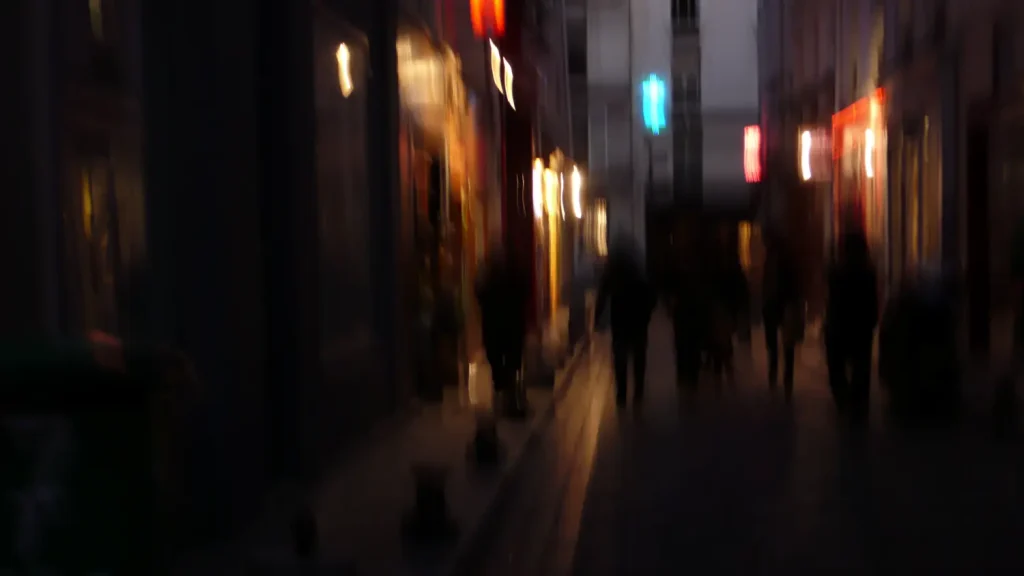
Back home I pulled them up on to the computer and decided that yes, I would make an exhibition out of it. I called it “Five Seconds in Paris” after the total exposure time of the shots in the show.
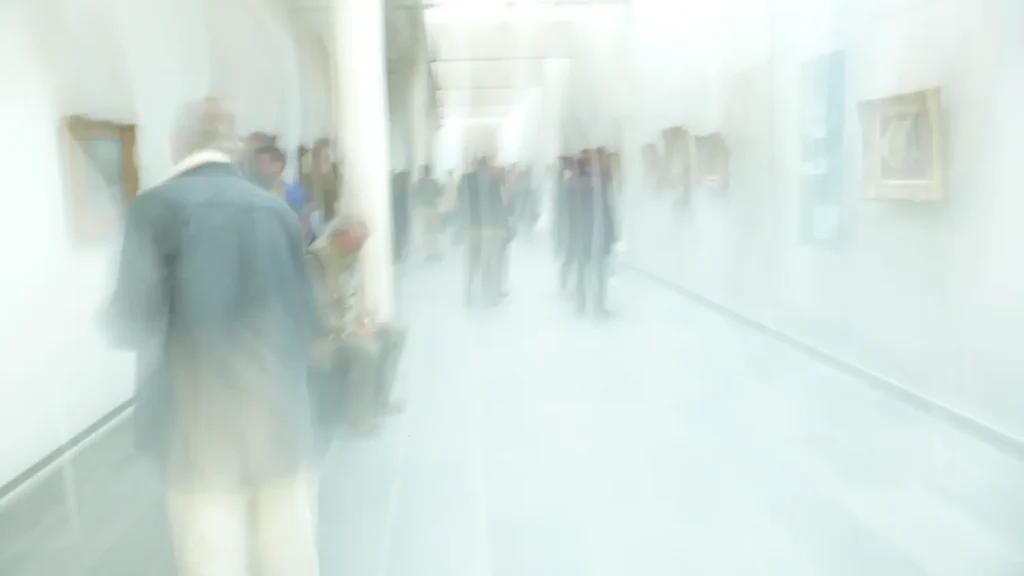
The shots were pure out-of-camera jpegs, untouched and uncropped. I had them printed on metallic paper at 80cm wide and they were just fine. I had a nice little show of a dozen images and it was a success.
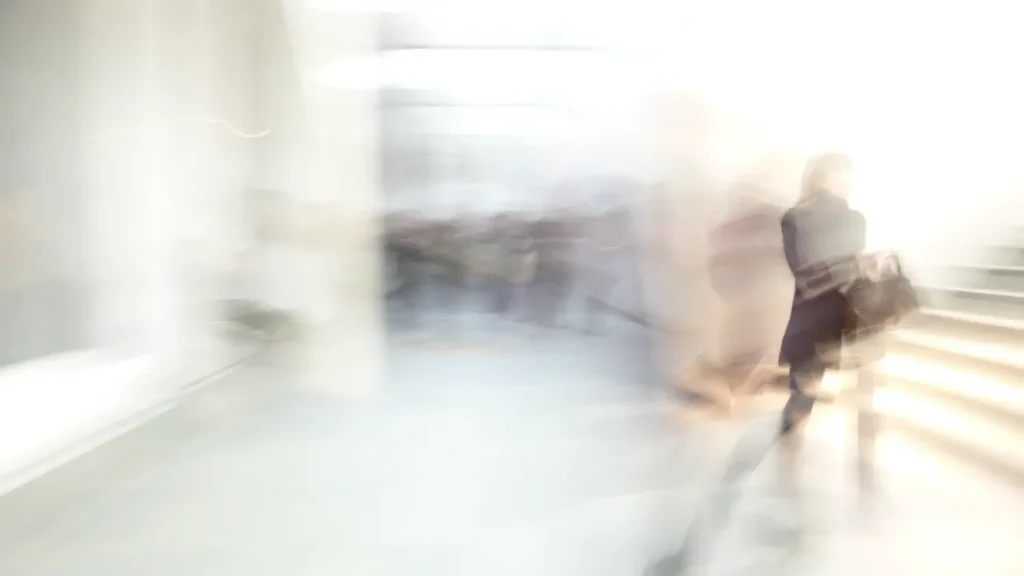
Ten years later I don’t think all the shots I used were great, but the best of them still hold up and I’m glad I did it.
POSTSCRIPT: The D-Lux Lives!
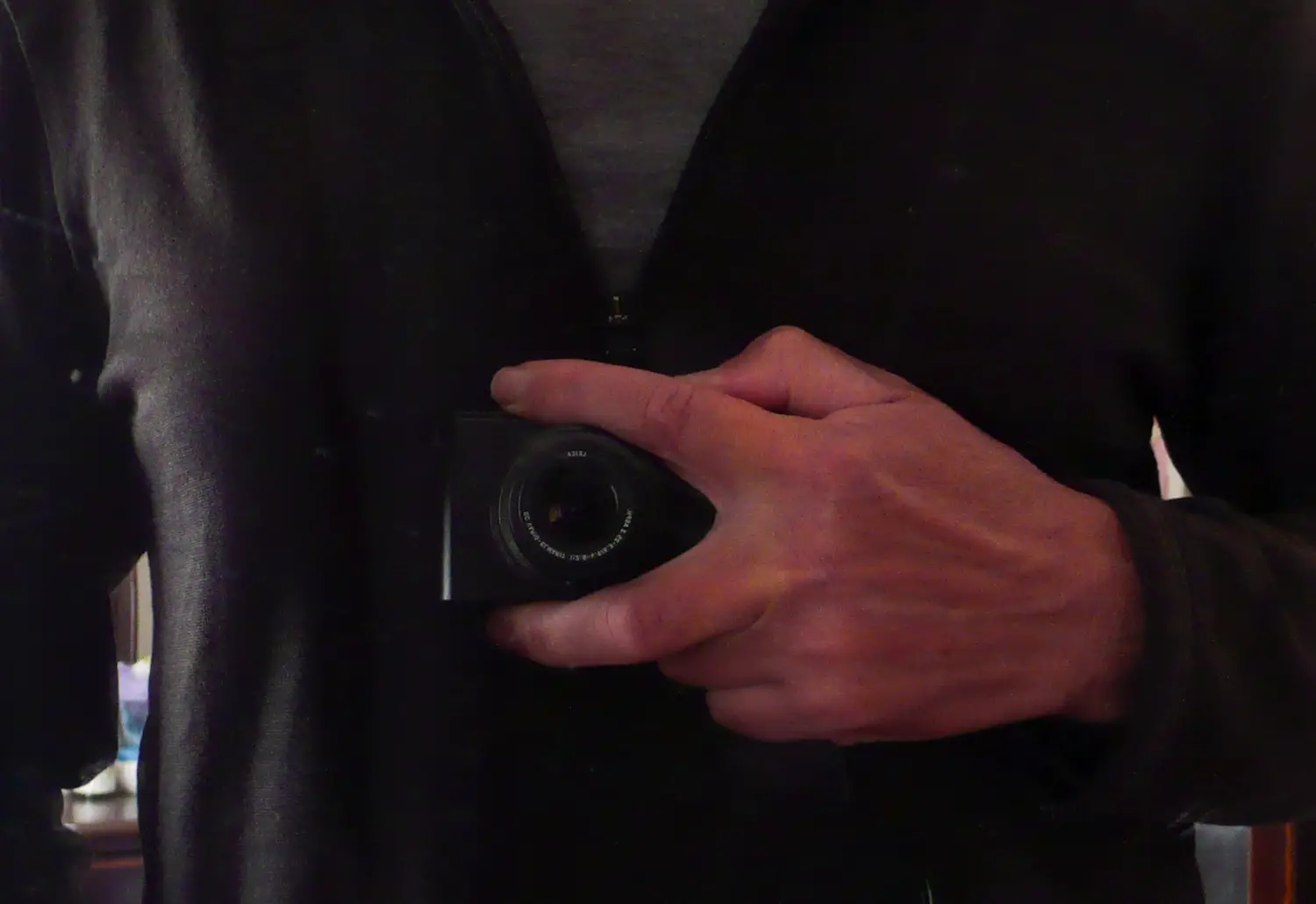 It’s the day before this goes live, and I just had a read-through and thought, “You know, I really should take a pic that shows how I held the camera.” It’s the only camera I’ve had that you could hold like this, and it’s probably not obvious from my description how it was done. So I rummaged around and found the charger. Lo and behold – it’s working fine! Five years sitting in a drawer have worked their magic. So how about that? This little story finishes with the miracle of resurrection. (Smiley Face)
It’s the day before this goes live, and I just had a read-through and thought, “You know, I really should take a pic that shows how I held the camera.” It’s the only camera I’ve had that you could hold like this, and it’s probably not obvious from my description how it was done. So I rummaged around and found the charger. Lo and behold – it’s working fine! Five years sitting in a drawer have worked their magic. So how about that? This little story finishes with the miracle of resurrection. (Smiley Face)
Share this post:
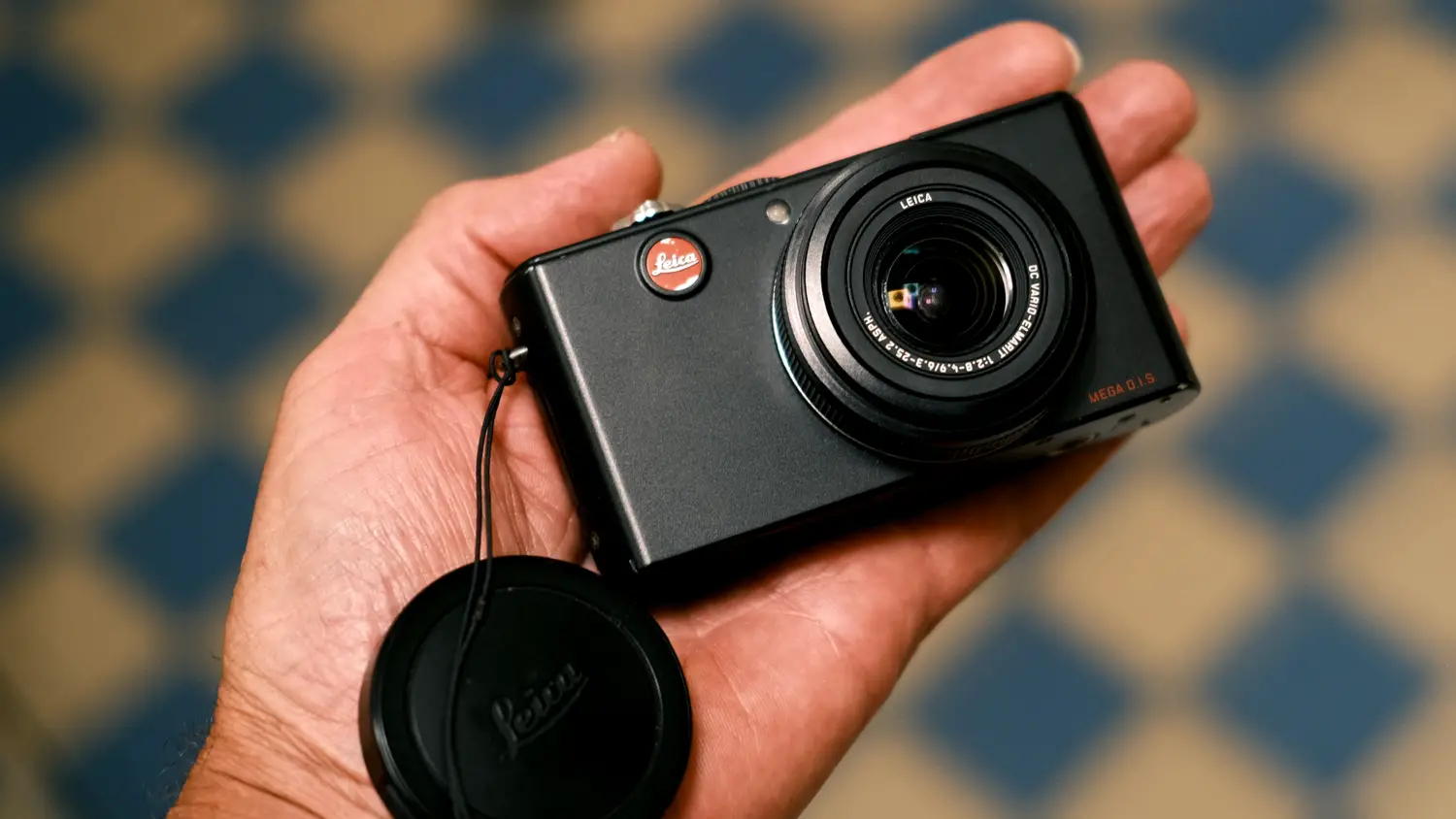

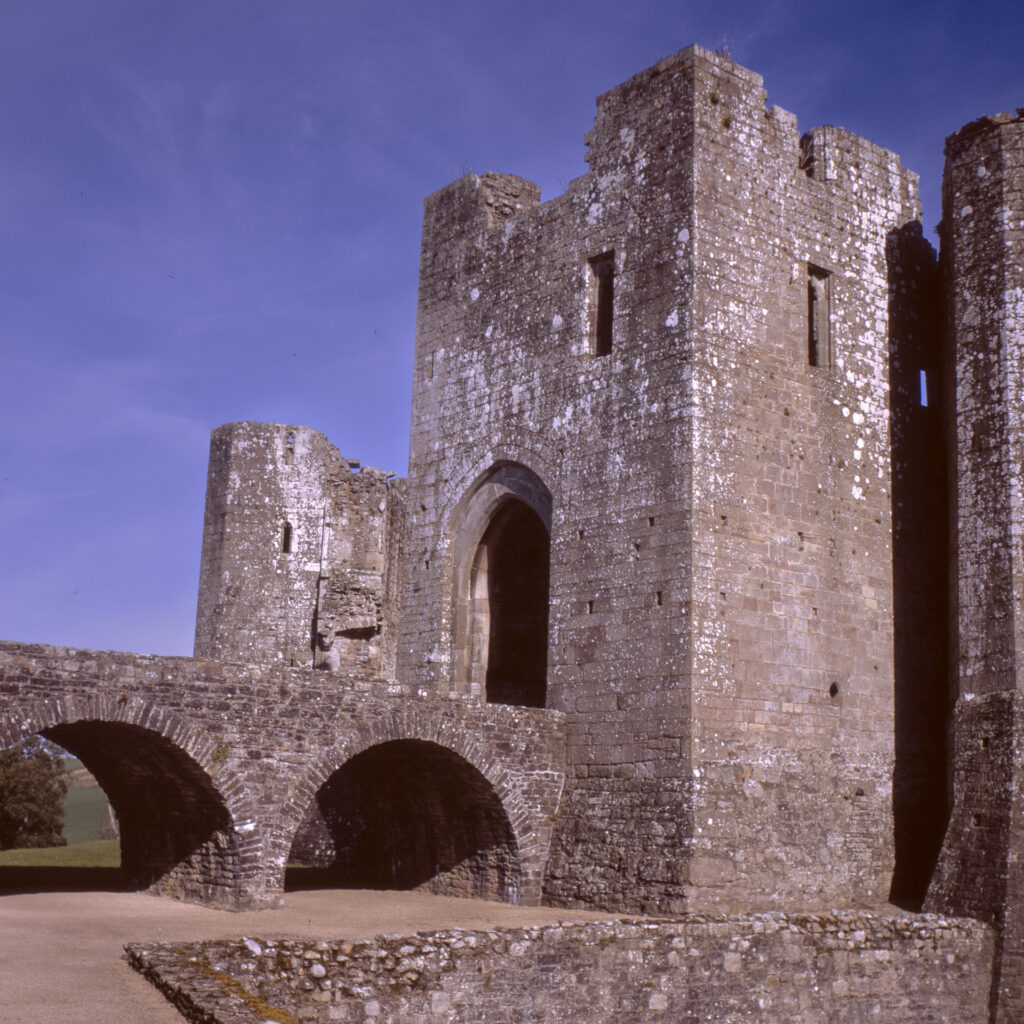
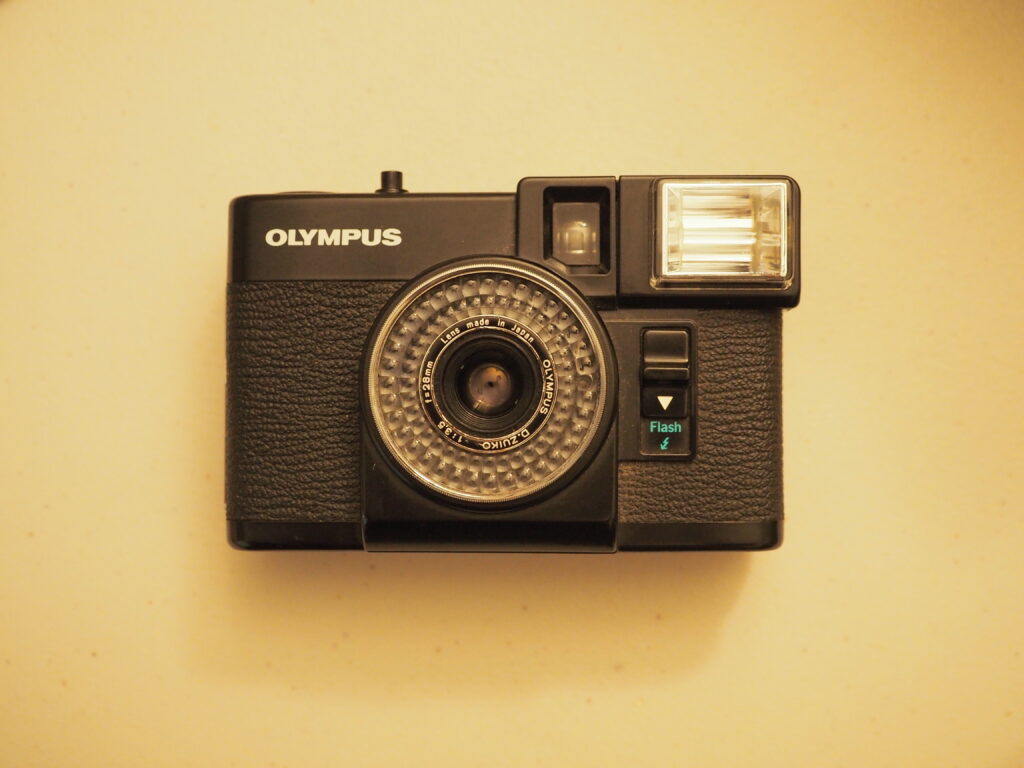





Comments
Clive W on 5 Frames with a Leica D-Lux 3: Paris on a small-sensor compact – By David Hume
Comment posted: 25/03/2020
The Metro picture is great, and I really like the pale, ghostly interiors too. Always a challenge to go a well-visited place and come away with something that's not already been done a million times.
Comment posted: 25/03/2020
Arwyn Rees on 5 Frames with a Leica D-Lux 3: Paris on a small-sensor compact – By David Hume
Comment posted: 25/03/2020
Comment posted: 25/03/2020
Arwyn Rees on 5 Frames with a Leica D-Lux 3: Paris on a small-sensor compact – By David Hume
Comment posted: 25/03/2020
Comment posted: 25/03/2020
Rock on 5 Frames with a Leica D-Lux 3: Paris on a small-sensor compact – By David Hume
Comment posted: 25/03/2020